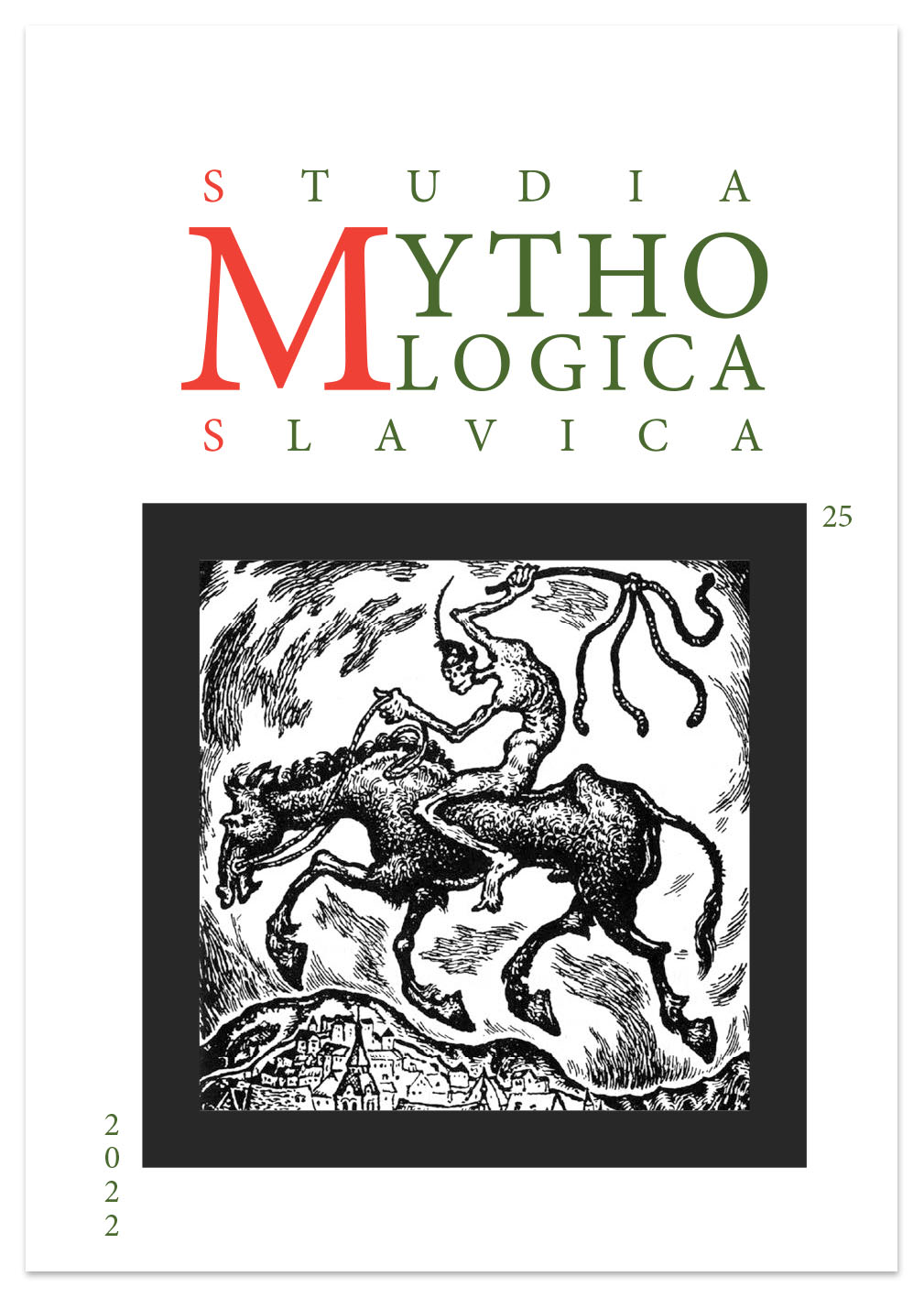How do We Know the Ancient Slavs also Knew Gnomons?
DOI:
https://doi.org/10.3986/SMS20222513Ključne besede:
ancient Slavs, ancient astronomy, sacred triangles, solar angle, gnomon, circular reasoningPovzetek
Poskušal bom dokazati, da hipoteze o 'svetih trikotnikih, ki temeljijo na sončnem kotu', ni mogoče šteti za resno znanstveno trditev, ker se zdi, da ni podkrepljena z nobenim trdnim dokazom. Gre bolj za primer krožnega sklepanja, ki vključuje podporo ideji, da so stari Slovani vedeli za nagnjenost ekliptike, tako da kažejo na domnevni obstoj »svetih trikotnikov«, hkrati pa dokazujejo obstoj teh »svetih trikotnikov« z dokazovanjem, da so stari Slovani poznali vrednost poševnice. Izkazalo se je, da so sodobni raziskovalci preveč vneto interpretirali nekatere strukture, ki so bile v staroslovanskem kontekstu prikazane kot gnomoni. To se razkrije v podrobni analizi več teh »gnomonov«. Nazadnje je opaženo, da se študija »svetih trikotnikov« ne ukvarja niti s sodobno zgodovino znanosti niti s sodobnimi študijami mitov, s tistimi disciplinami, ki bi vpletenim raziskovalcem lahko zagotovile boljši pogled na teme, ki so se jim tako strastno predani.
Prenosi
Literatura
Bilić, Tomislav, 2020: Mit o “svetim trokutima” temeljenima na “sunčevom kutu” – analiza “astronomije” ranih Slavena. Studia mythologica Slavica 23, 35–50.
Bilić, Tomislav, 2021: The Land of the Solstices: Myth, geography and astronomy in ancient Greece. Oxford: BAR Publishing (BAR International Series 3039).
Couprie, Dirk L., 2011: Heaven and Earth in Ancient Greek Cosmology. From Thales to Heraclides Ponticus. New York: Springer.
Gamkrelidze, Thomas V.; Ivanov, Vjaceslav V., 1995: Indo-European and the Indo-Europeans: A reconstruction and historical analysis of a proto-language and a proto-culture. 2 vols. Berlin: Mouton de Gruyter (Trends in Linguistics. Studies and Monographs 80).
Kale, Jadran, 2010: Kamo idu hrvatske zvijezde? In: Marjanić, Suzana; Prica, Ines (eds.), Mitski zbornik. Zagreb: Institut za etnologiju i folkloristiku, Hrvatsko etnološko društvo, Scarabeus-naklada, 379–392.
Lloyd, Geoffrey Ernest Richard, 1990: Demystifying Mentalities. Cambridge: Cambridge University Press.
Pleterski, Andrej, 2014: Kulturni genom: Prostor in njegovi ideogrami mitične zgodbe (Studia mythologica slavica - Supplementum 10). Ljubljana: Založba ZRC, ZRC SAZU.
Pleterski, Andrej, 2020: Mitična pokrajina. Preizkusi njenega obstoja z napovednima modeloma na primeru Bleda / A mythical landscape. Tests of its existence with predictive models for the Bled case. In: Štular, Benjamin (ed.), Srednjeveški Blejski otok v arheoloških virih / Medieval archaeology of Bled Island (Opera Instituti archaeologici Sloveniae 42). Ljubljana: Založba ZRC. 235–277.
Pleterski, Andrej, 2021: Tudi stari Slovani so poznali gnomone / The ancient Slavs also knew gnomons. Studia mythologica Slavica 24, 257–264.
Pleterski, Andrej; Mareš, Jiři J., 2003: Astronomische Grundlagen einiger frühmittelalterlichen Kultstellen in Praha. Studia mythologica Slavica 6, 9–35.
Pulec, Miloš Josef, 1960: Vyšehrad. Praha: Sportovní a turistické nakladatelství.
Wagner, David František, 2014: Miloš Josef Pulec a Starokatolická církev. Diploma thesis, Universita Karlova v Praze.
Prenosi
Objavljeno
Verzije
- 2022-10-28 (2)
- 2022-10-12 (1)
Kako citirati
Številka
Rubrike
Licenca

To delo je licencirano pod Creative Commons Priznanje avtorstva-Nekomercialno-Brez predelav 4.0 mednarodno licenco.
Avtorji jamčijo, da je delo njihova avtorska stvaritev, da v njem niso kršene avtorske pravice tretjih oseb ali kake druge pravice. V primeru zahtevkov tretjih oseb se avtorji zavezujejo, da bodo varovali interese založnika ter da bodo povrnili morebitno škodo.
Podrobneje v rubriki: Prispevki





